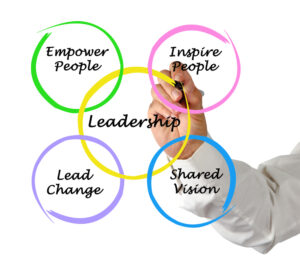
by Ko Kuwabara, INSEAD; Yejin Park, Stern School of Business; and Kelly Nault, IE Business School
Giving and receiving help are essential aspects of organisational life, whether that’s providing career advice or soliciting a colleague’s input on a tricky technical problem that you just can’t solve on your own. Through help exchange, individuals gain access to ideas, resources and relationships that help them complete tasks more efficiently and effectively than if working alone.
However, a growing body of research has documented various ways in which people routinely fail to seek or offer help due to systemic misperceptions – namely, discrepancies in what help requesters and requestees believe are expected from each other. Individuals could be reluctant to ask for help because they think they are bothering others or due to a fear of being perceived as needy, entitled or incompetent. People may also fail to provide their assistance as they believe that offering unsolicited help may come off as insulting or presumptuous.
In our research, recently published in Organizational Behavior and Human Decision Processes, we examine why these misperceptions might prevent us from accessing and leveraging indirect ties who can potentially offer better help, ideas or opportunities than our direct contacts. We propose solutions to facilitate better help exchange across networks and overcome referral aversion – the fear of negative judgment for offering an unsolicited referral instead of direct help.
Referral aversion in third-party help exchange.







